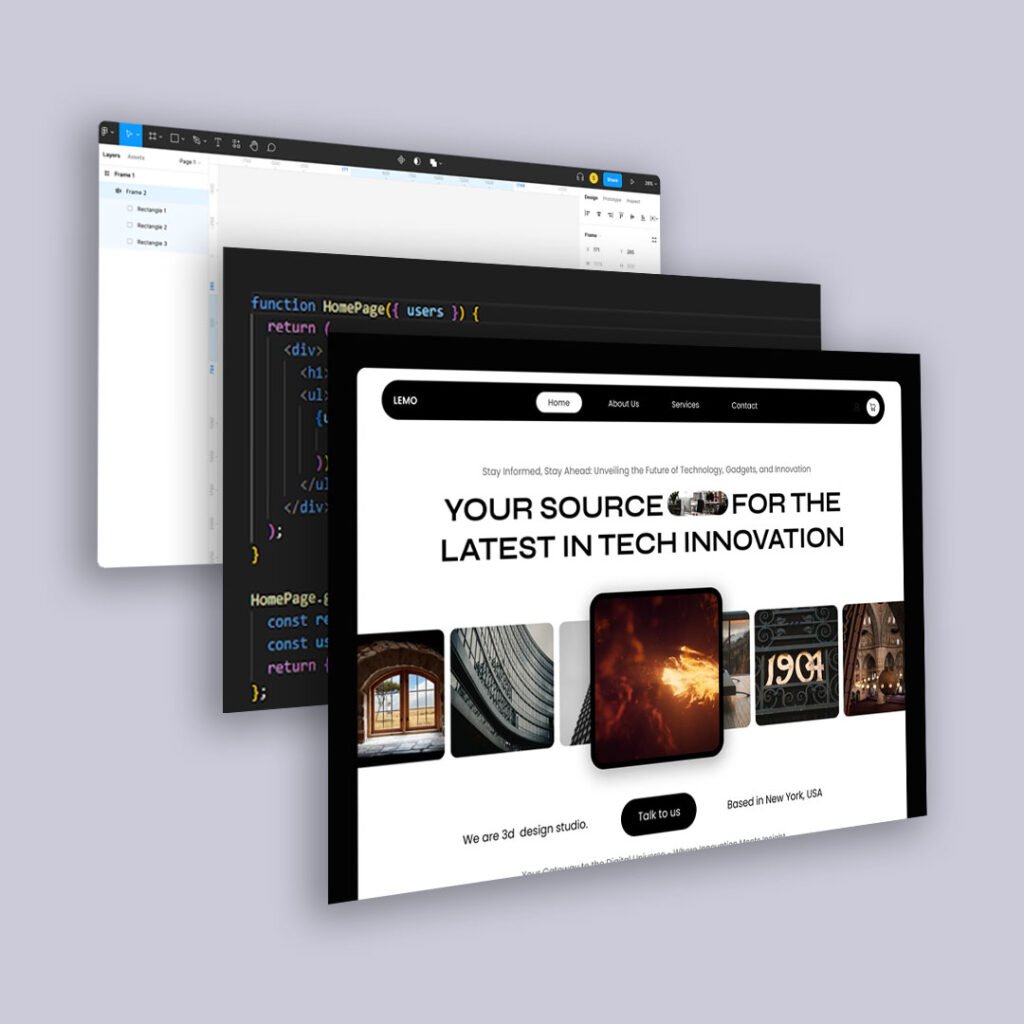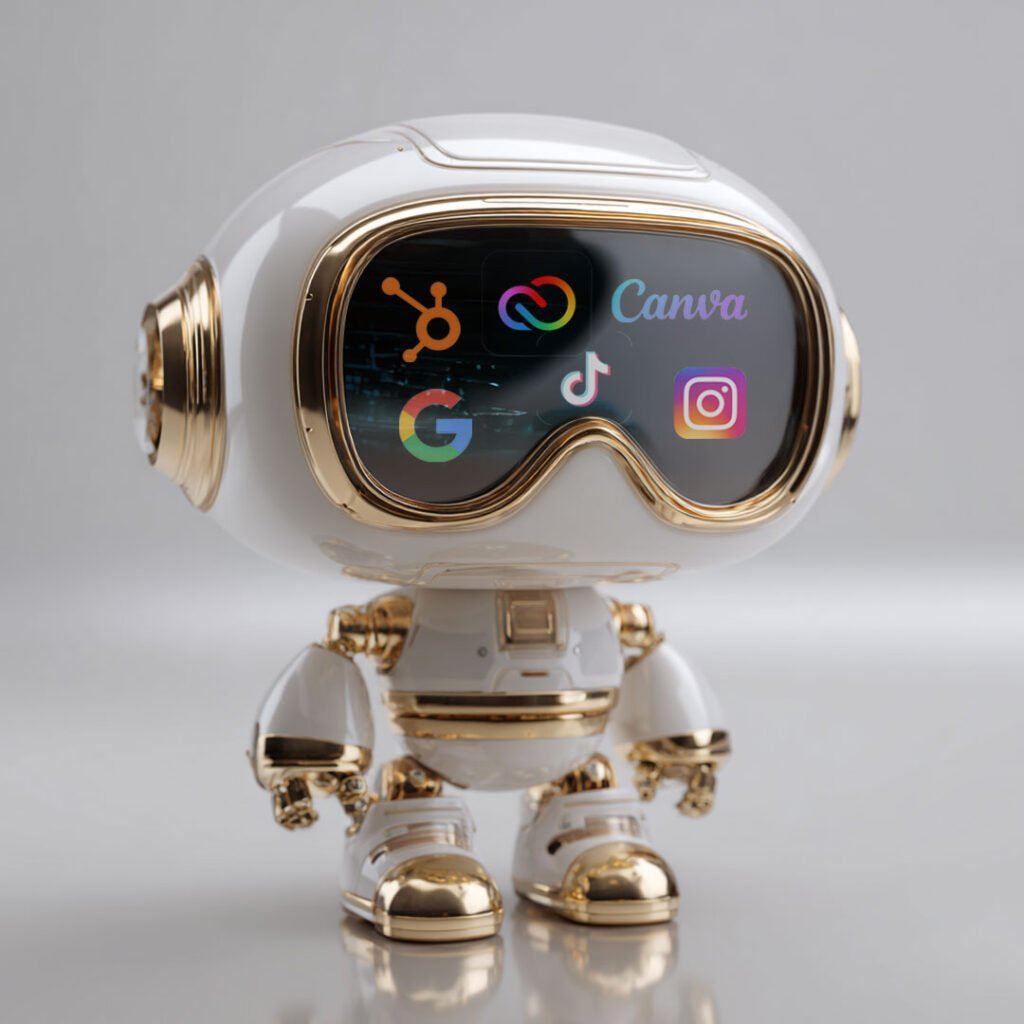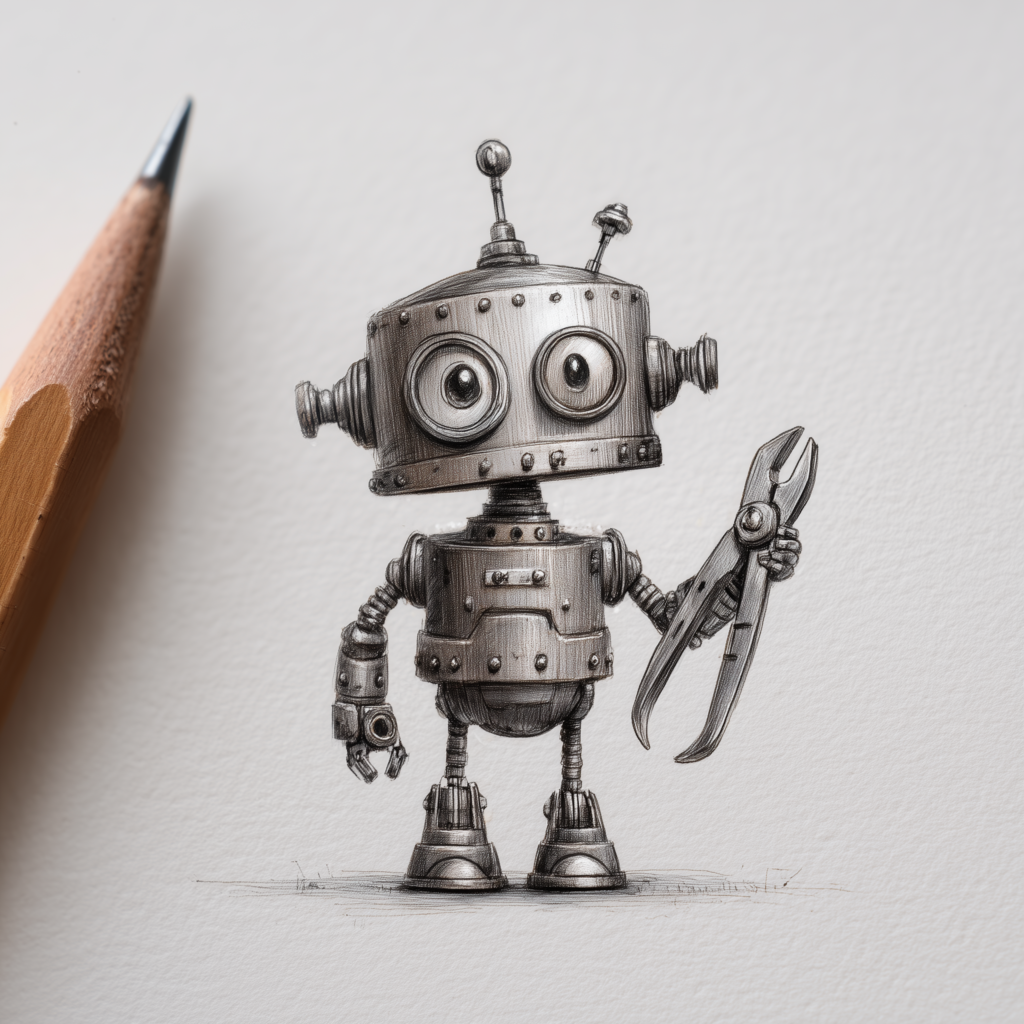The Developer’s New Teammate: AI
In 2024, tools like Cursor, GitHub Copilot, and Replit Ghostwriter became more than novelties—they became collaborators. Not in the “let it write a blog post” sense, but in the daily, in-the-trenches flow of building software.
And it’s not just about speed.
It’s about structure.
Because when a tool can write boilerplate, suggest smarter snippets, debug, and even refactor, the team around it has to shift accordingly.
This isn’t about replacing developers.
It’s about redefining what developers spend their time on—and what the rest of the digital team needs to prioritize to keep up.
What AI Is Doing to the Workflow
Cursor and similar tools are best at the work no one really wants to do:
- Writing repetitive scaffolding code
- Generating test cases
- Refactoring for performance
- Commenting and documenting
- Automating tedious syntax tasks
Which means more time is now spent on:
- System-level thinking
- Architecture and modular design
- Strategic implementation
- Cross-functional alignment
- Edge cases, performance tuning, and behavior refinement
In other words: fewer manual tasks, more mental ones.
So What’s Changing, Exactly?
Here’s how the makeup of digital teams is starting to shift:
1. Developers Are Becoming Systems Thinkers
The best devs aren’t the fastest typers anymore.
They’re the ones who can frame the right problems, prompt the right outcomes, and architect solutions worth automating.
Cursor doesn’t eliminate code.
It just reduces the need for people to start from scratch.
That puts a premium on developers who can think in structures, not scripts.
2. Product Managers Need Technical Fluency
When engineers move faster, PMs need to stay in sync. That means writing clearer specs, understanding technical trade-offs, and collaborating more actively in the build cycle—not just handing over a doc.
We’re seeing product teams evolve toward tech-savvy strategy hybrids—people who can anticipate what AI-generated speed makes possible, and adjust timelines and priorities dynamically.
3. Designers Are Closer to the Code
With dev cycles accelerating, static mockups feel increasingly outdated. Tools like Figma-to-Code are making design handoffs more fluid—but only if designers understand component logic and behavior.
Expect to see more design engineers, UX technologists, and hybrids who live in both camps.
4. QA Is Getting a Makeover
Some of the early-stage testing once done manually is now being prewritten or AI-generated alongside the code.
That doesn’t eliminate QA—it transforms it.
Modern QA specialists are evolving into automation orchestrators, with a stronger focus on performance, integration, and behavioral QA over basic functional checks.
Collaboration Looks Different Now
When devs aren’t buried in grunt work, they become more collaborative.
- More time to pair program
- More energy for architecture and discussion
- More freedom to contribute to UX and product planning
- More input on timelines, risk, and resourcing
Tools like Cursor remove friction from coding—but they also remove excuses for siloed work.
If your team isn’t using that margin to communicate more effectively, you’re missing the point.
So… Does This Mean Fewer People?
Not necessarily.
But it does mean that some roles may consolidate.
That others will evolve.
And that anyone clinging to “how it’s always been done” may find themselves quickly left behind.
The smartest teams aren’t reducing headcount—they’re redeploying human energy toward more human problems:
- What does the user really need?
- Where is the friction in our experience?
- How can we reduce cognitive overload?
- Are we solving the right problem—or just shipping faster?
AI can write better code.
But it still can’t make better choices.
Final Thought
Cursor is just one tool. But it’s part of a larger movement:
Code becoming collaborative, not solitary.
Development becoming more strategic, not just tactical.
Digital teams becoming leaner—but also smarter.
AI won’t replace you.
But it will force you to level up.





